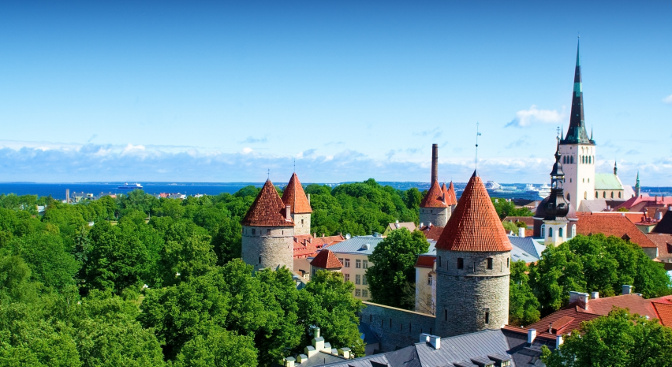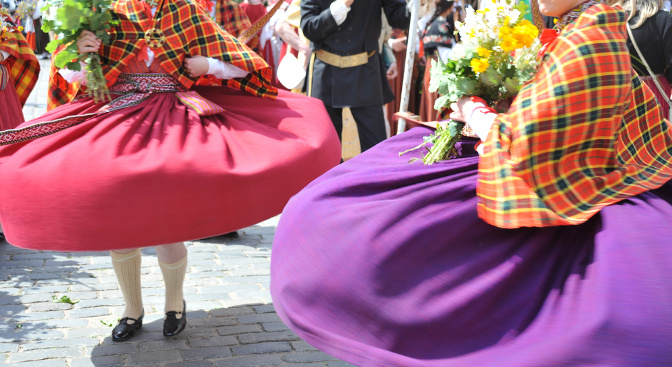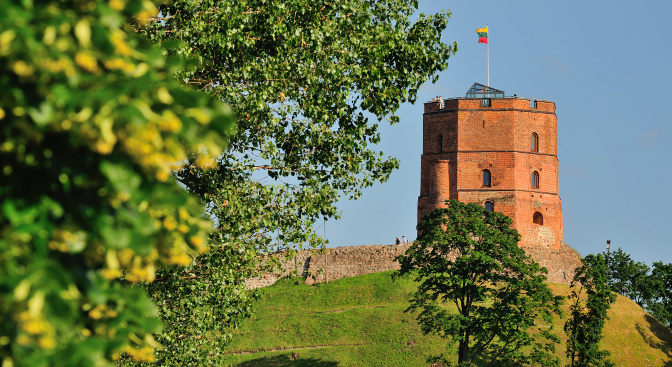Travel to Swedem
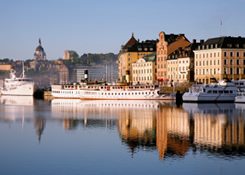
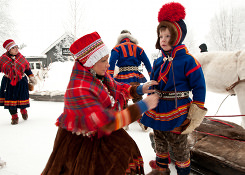

Sweden is one of the largest countries in Europe, with great diversity in its nature and climate. Its distinctive yellow and blue flag is one of the national emblems that reflect centuries of history between Sweden and its Nordic neighbors.
Sweden is a sparsely populated country, characterized by its long coastline, extensive forests and numerous lakes. It is one of the world’s northernmost countries. In terms of surface area it is comparable to Spain, Thailand or the American state of California. Sweden’s borders have been unchanged since 1905 and the country has not been at war since 1814.
Sweden experiences extreme contrasts between its long summer days and equally long winter nights. In the summer, the sun stays in the sky around the clock in the parts of Sweden north of the Arctic Circle, but even as far south as Stockholm (59°N) the June nights have only a few hours of semi-darkness. Considering its geographic location, Sweden enjoys a favorable climate. This is mainly because of the Gulf Stream, a warm ocean current that flows off Norway’s west coast. Scandinavia has been completely covered by ice during several periods of history. The most recent Ice Age ended only about 10,000 years ago, and the weight and movement of the ice sheet had a profound effect on the landscape. The hard outcrops of underlying rock were polished into the rounded shapes characteristic of Sweden’s archipelagoes, and hollows were deepened into valleys and lakes.
With its variety of landscapes, Sweden has everything from bears and wolves in the north to roe deer and wild boar in the south. The country also has a wealth of flora and aquatic life, which contribute to its biological diversity.
In 1910, Sweden became the first European country to establish national parks, mainly in the mountainous districts of Norrland. This helped save part of Europe’s last wilderness from exploitation. Numerous nature reserves and cultural heritage areas have also been established across the country. Among the Swedish national emblems are the blue and yellow flag, two coats of arms, Three Crowns and the national anthem. The oldest recorded images of a blue flag with a yellow cross date from the 16th century. The yellow cross was always borne on Swedish battle standards and banners, because the Swedish coat of arms was blue divided by a cross of gold. The triple crown device has been used as the emblem of Sweden at least since 1336, when it had long been a familiar symbol of the “Three Wise Kings”.
The royal Swedish capital of Stockholm is frequently referred to as one of the world’s most attractive cities. Its beauty is a result of its magnificent location, spread across fourteen islands in the heart of the spectacular Stockholm Archipelago. The combination of dramatic beauty, historic splendour and contemporary buzz gives Stockholm its unique attraction.
In Stockholm you can experience the history and culture of several of Sweden's great eras, from the Middle Ages on. The Stockholm of today is a dynamic, fast-growing, multicultural city. It is recognised internationally as a leader in the development of progressive innovations, trends and behaviour patterns in lifestyle, environment and, in particular, technology and communications.
We often boast that Stockholm has all the advantages and assets of a contemporary world centre with few of the downsides and nuisances. Stockholm offers an enormous diversity of experiences, sights, attractions and night-life. In terms of fashion, art, design, gastronomy and other creative pursuits, the Stockholm scene has — justifiably — received plenty of publicity on the global stage in recent years. Today the city has two distinct nodes of urban creativity, culture and entertainment: one is the chic, established district around the squares of Stureplan and Norrmalmtorg, the city centre and exclusive Östermalm, and the other is the younger, trendier, more experimental and bohemian Södermalm.
Still, what sets Stockholm apart most of all is its incomparable juxtaposition of sophisticated urbanism and wild, majestic nature. Untouched wilderness and magnificent marine worlds surround and crisscross Stockholm in all directions, including Ekoparken, the only urban national park of its kind in the world. The city’s extensive stretches of coastline, whether quayside or forested, are accessible for a stroll — or why not paddle a kayak alongside them, or navigate between them on ice skates in the winter. The water that surrounds the city is clean enough to swim in and fish from. Stockholm is a metropolis where you can enjoy the outdoors literally steps from a vibrant urbanity — and vice versa. It’s a happy combination that gives Stockholm a quality of life you won’t find elsewhere.
We will be happy to assist and plan your next travel to Sweden: info@grandbaltics.com

